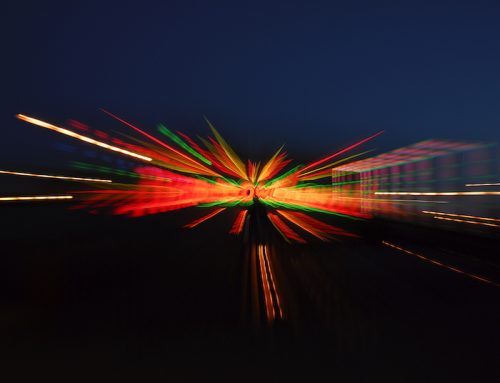We’re currently working on a new version of Glasgow Music Tour which means a lot of rediscovery. Glasgow seems to be in a perpetual state of evolution and you just need to take a stroll along the Clyde to see how dramatically the city has set about reinventing itself.
The creative city is a complex – and sometimes contradictory – concept. The term is much used to describe the reinvention of urban economies in a post-industrial era yet you could say Glasgow has always been a creative city – Clydebuilt did not stand for brute force – and there are obviously some tensions between the old and new. Gentrification can obliterate the real and raw character which attracted the new development in the first place.
But gentrification seems too bland a word to describe what’s going on here. Look west, upstream towards Govan – there’s still shipbuilding at the BAE yards opposite the Riverside Museum – but this is now a cosmopolitan 21st Century waterfront with shiny steel and glass buildings facing each other across the water – confident new landmarks rising out of the old dockyards. Startlingly space-age confident at night.
Standing by the Finnieston Crane, It’s hard to take in just how much this view has been transformed. Eighty to a hundred years ago the air would have been full of hot smells and the sounds of hammering and hooting.
“Ten thousand hammers roar the song of prosperity” as an old Pathe News reader put it in 1938 when the shipyards swung back into action at the end of the recession – before the outbreak of World War Two. These days songs of prosperity are more likely to be coming from international stars playing to huge crowds at new music venues like the glowing Hydro ( we will take you there later).
Prosperity and poverty have often chased each other along the Clyde. Look east, upstream towards the Merchant City. Beneath new flats and offices with riverside views is the Broomielaw, the site of Glasgow’s first deep water quay. From the 17th Century this is where ships came and went, transporting trade and human cargo, connecting Glasgow with the Highlands and Islands, Ireland and New Worlds to East and West.
In the 19th Century, potato famine drove Irish workers to Glasgow in their thousands. Highlanders were driven here by the Clearances. Well into the 20th Century recession and industrial decline forced hundreds of thousands of Scots to seek new lives in America, Canada, Nova Scotia, Australia, New Zealand.
Migration, depression, regeneration are great fodder for songwriters, blurring lines between folk, rock, country, soul and blues. All kinds of music met and mingled here on the harbour and you’ll find it thriving in places like the Scotia and Clutha bars just upstream from here (our tour stops here too of course).
Perhaps Glasgow’s live music scene – constant yet also constantly changing – is proof of a creative resilience in the city that can’t be completely tamed. Somehow the music of places as different as the Hydro and Clutha defies gentrification. And perhaps it’s as well to remember the city has a sound of its own when you have ears to hear it.
Look up at the Finnieston Crane. The giant cantilever crane built in 1931 to lift Clydebuilt steam locomotives on to freight ships, is a musical instrument in itself. In 2013 American sound artist, Bill Fontana, attached microphones to record the voice of the crane.
And what does it sound like? There’s a low, deep hum as wind blows on the metal but according to Fontana we shouldn’t imagine it’s a sad song: it reminded him of Japanese Buddhist bells, “Slow, calming and no longer in use. I hear the Finnieston crane in the same way.”
Now, our task, along with our guide Jim Gellatly, is to set about capturing sounds of this extraordinary new landscape so you can see and hear it with us – whether you are walking along the Clyde or listening to the audio tour on the other side of the world.
The new Glasgow Music Tour is launched at the end of November. For a sneak preview of the Clydeside stop click HERE. To get an advance copy of the tour for smartphones download HERE – the app will automatically update when the new tour is published.








Leave A Comment